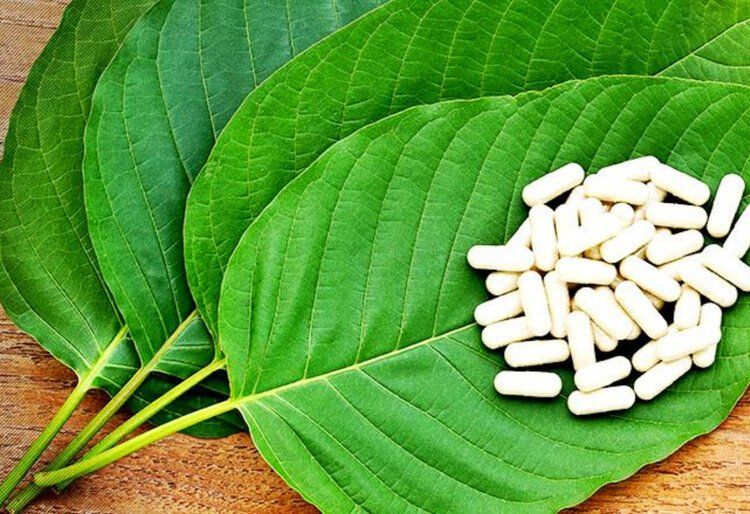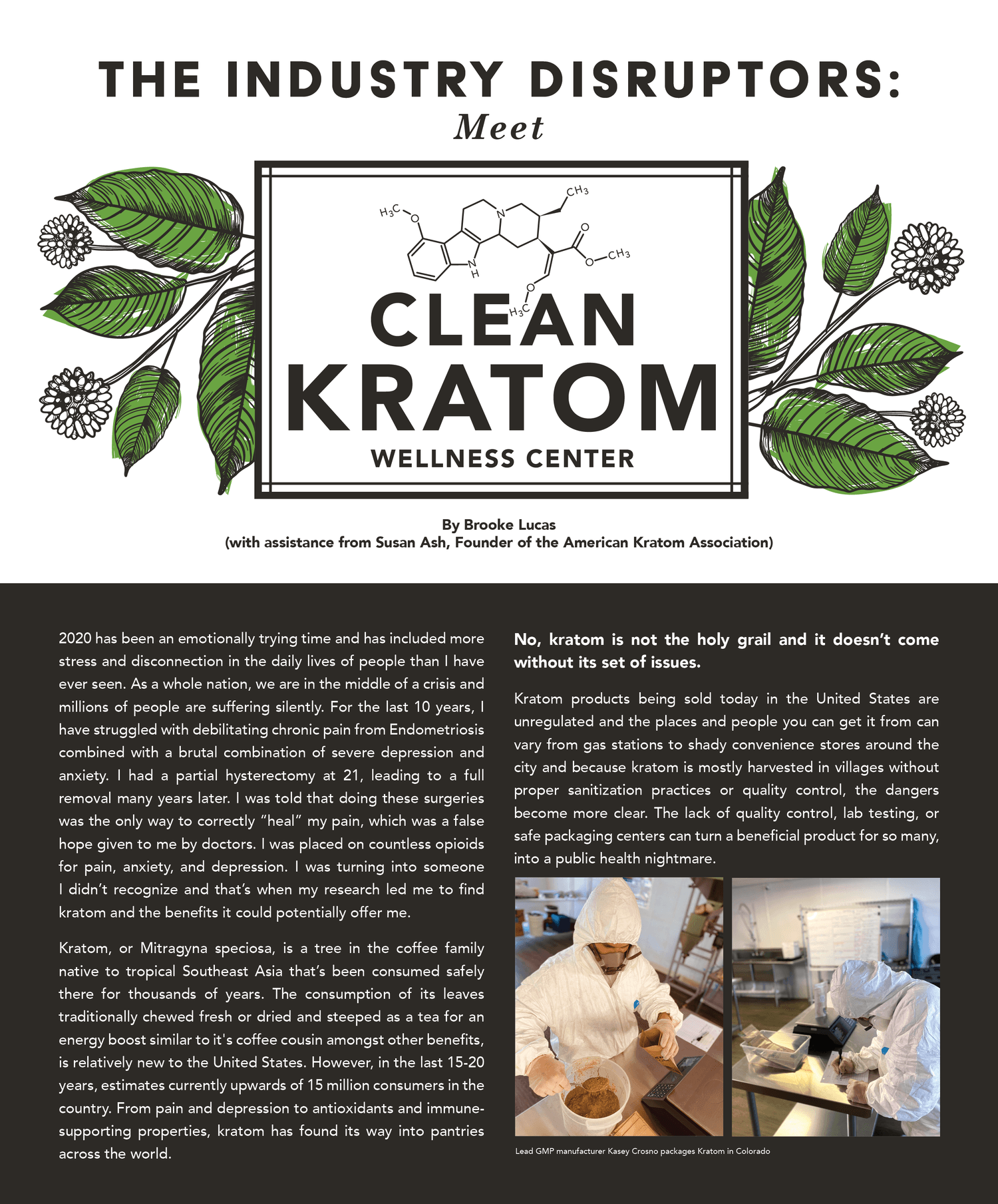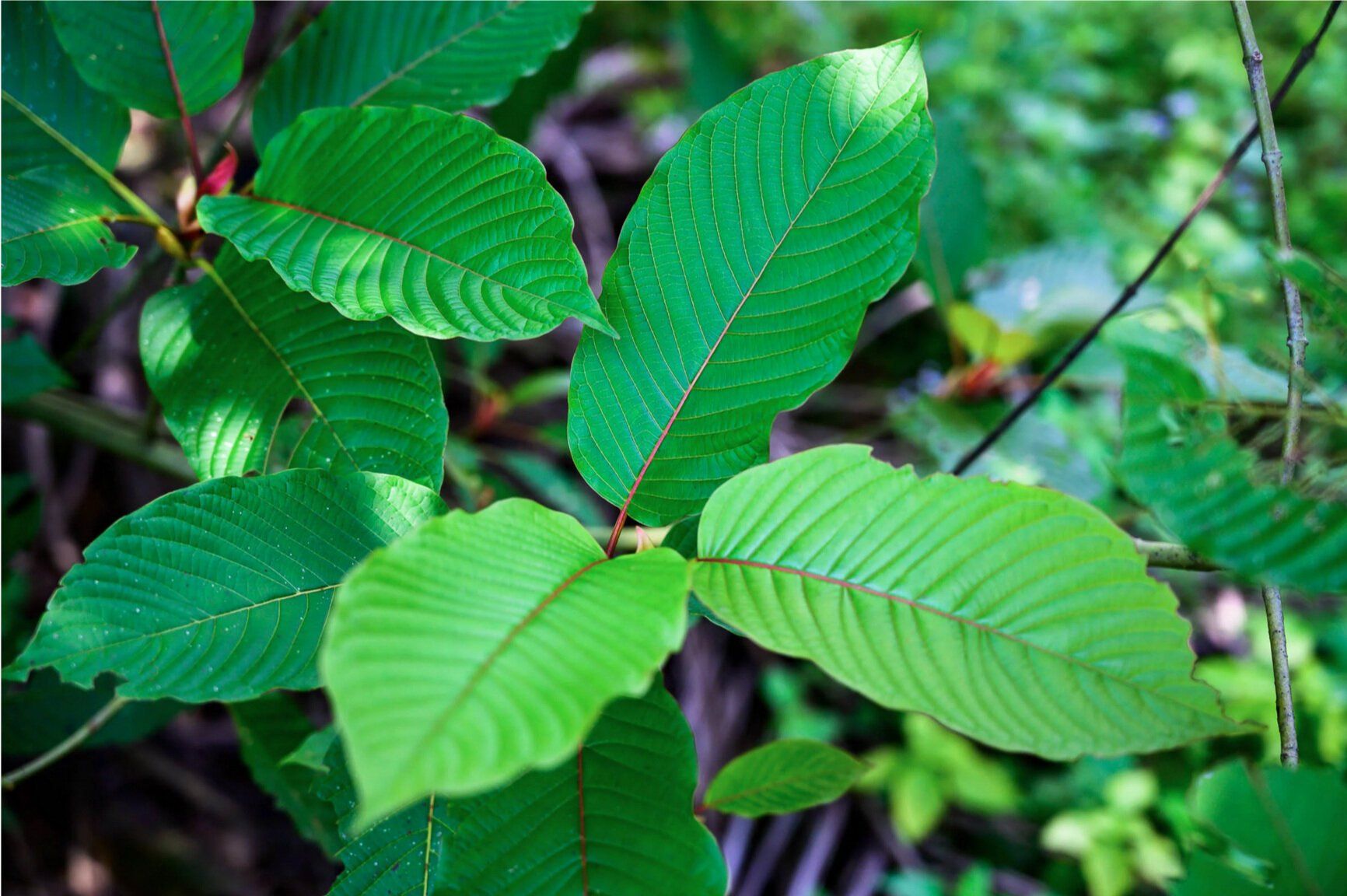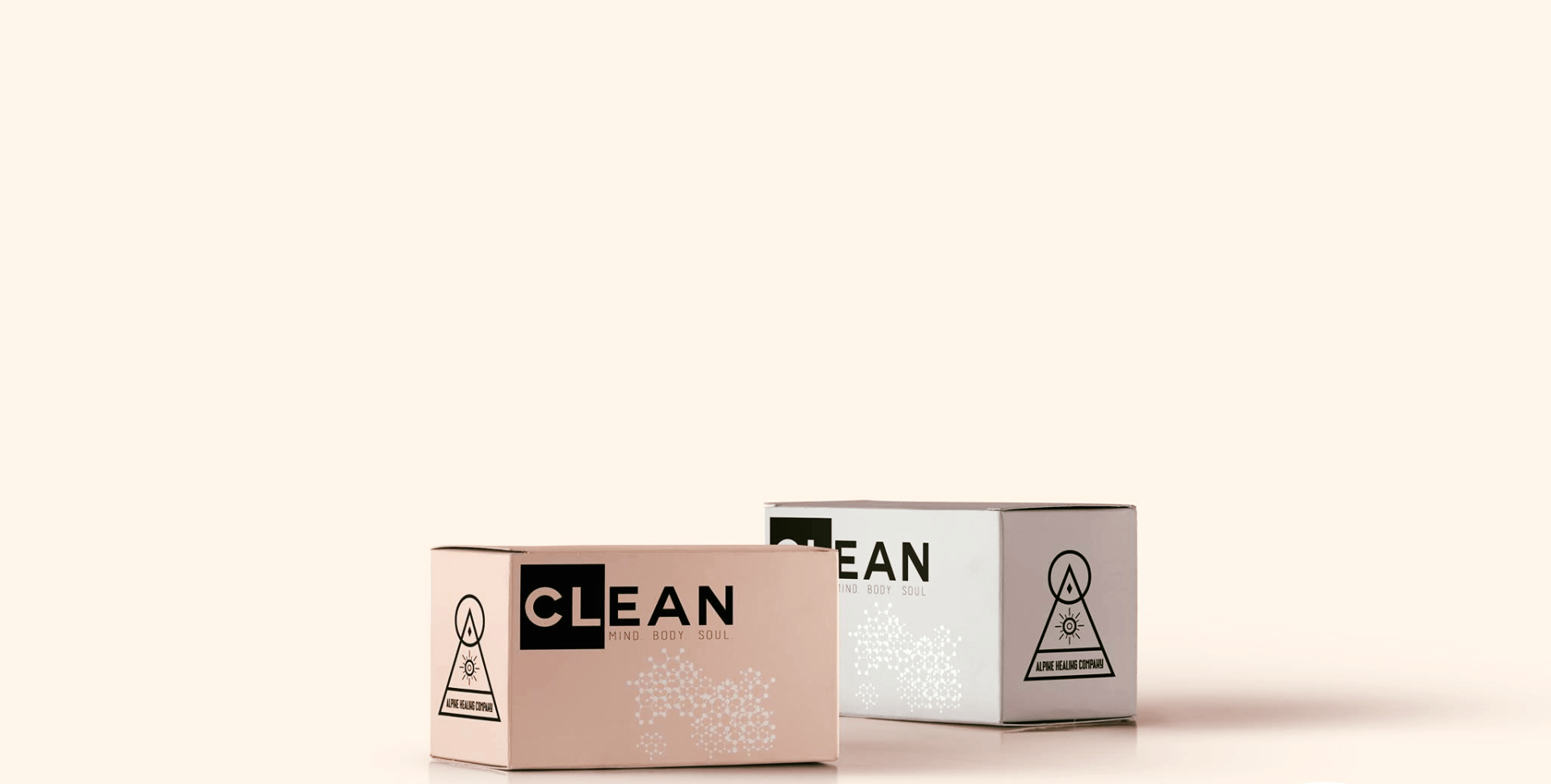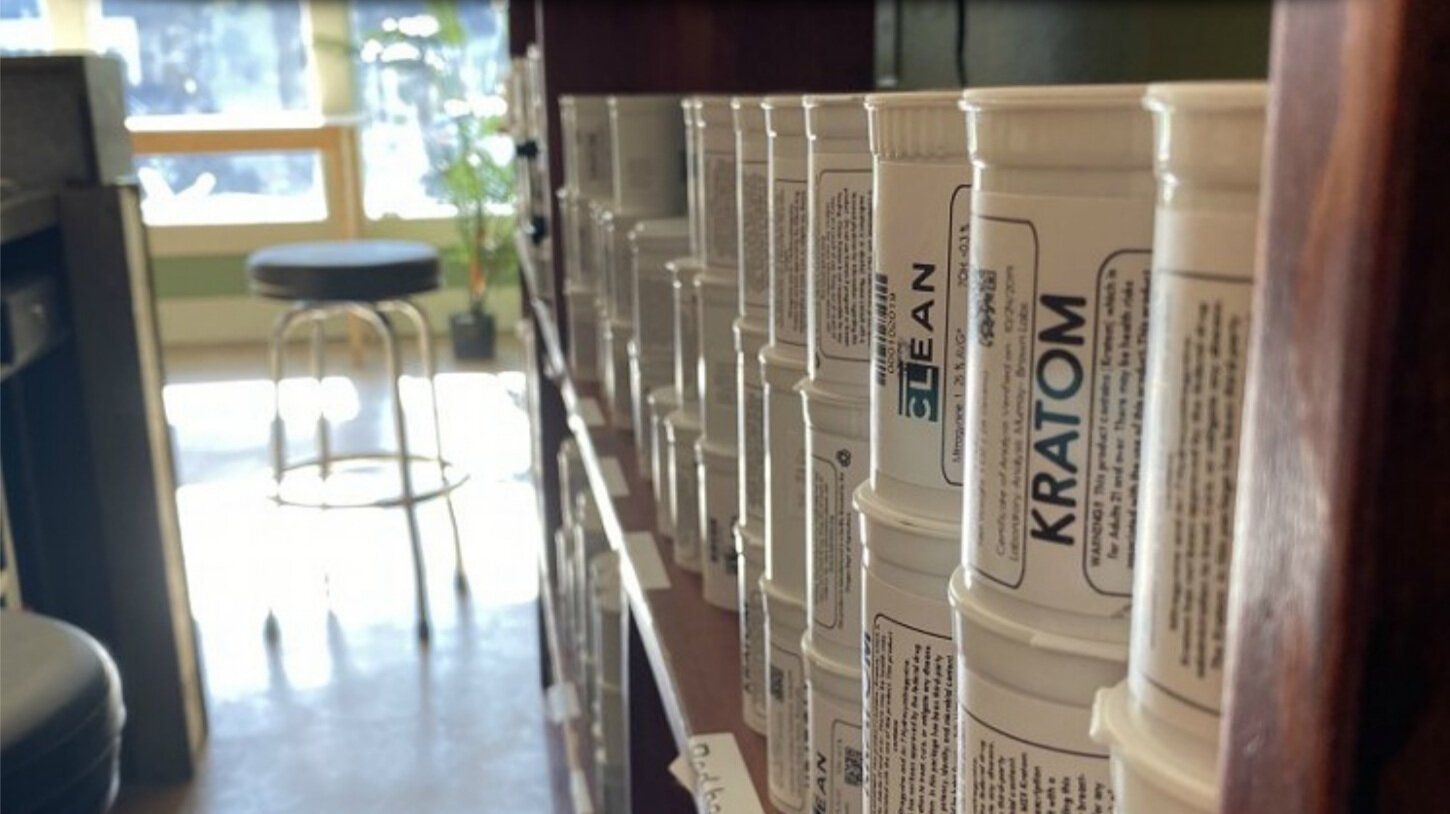How to Brew The Perfect Kratom Tea
How To Brew The Perfect Kratom Tea
If you haven't had Kratom Tea yet, you are missing out. It's been said that the full effects of our plant are only truly attained by drinking it's tea.
So here is the recipe first and the rhyme and reason later because let's face it: six paragraphs about somebody's grandma and the history of flour is just stalling.
The easiest way to make Kratom Tea is in a pot on the stove with common household items. Here is what you will need for a double serving:
- Small pot
- 300 ml of water
- 10 grams of crushed mitragyna speciosa leaf (or 12 grams of powdered leaf)
- 1/2 teaspoon apple cider vinegar or lemon juice
- Fine sieve strainer (coffee filter or paper towel works)
INow that you've got everything gathered, let's brew the perfect Kratom Tea.
1. Add all ingredients to your pot and place on the stove at medium heat.
2. Watch closely as you do NOT want to overheat (we explain why later).
3. When the water starts to move on its own and small bubbles appear, turn the heat down low enough so that your tea stays just under a boil. You want it to move at a slow simmer.
4. Brew your tea for at least 20 minutes.
5. Remove from heat and strain into your pitcher or cup.
6. Add ice and drink up.
*The dosage here is a moderate amount. Once you get used to brewing kratom teas you'll be able to adjust the dosage to find your sweet spot.
DO - add a fat source.
Kratom and its alkaloids are lipophilic meaning it is fat-soluble. This is why when you eat after taking kratom, the effects are stronger. So it stands with reason that “lipophylizing” your tea (like they did in
here) makes it better. Adding a tablespoon of coconut oil or butter works great.
DON’T - add too much citric acid.
Adding lemon juice or apple cider vinegar (any citric acid) does aid in alkaloid separation so that you get the most out of your tea. But going overboard can throw off the pH of your tea and hurt the alkaloids as illustrated in this
study. Just go easy with it, you don’t want bitter-tasting tea anyway.
DON’T - let your tea get too hot.
Over boiling your tea can quickly kill the alkaloids and render your kratom useless. This
study, published in the Journal of Analytical Toxicology, found kratom’s main alkaloid (MG-OH) to be “unstable at all pH at temperatures of 60 degrees celsius or above”. That's 140 degree fahrenheit. This is why it’s so important to monitor your brew. After you do it a few times you will know the right temperature settings for your stovetop.
More Tips for Easier Brewing
- Use a pour-over coffee carafe to strain into.
- Use crushed leaf - easier to strain and less leaf needed.
- Brew multiple servings at a time and store in water bottles for on-the-go. You can store your extra tea in the refrigerator for up to 2 weeks according to a comprehensive study on the “Temperature and pH-Dependent Stability of Mitragyna Alkaloids”.
That’s it! An easy and highly effective way to brew the perfect Kratom Tea.
Sources:
Stephanie Basiliere, Sarah Kerrigan, Temperature and pH-Dependent Stability of Mitragyna Alkaloids, Journal of Analytical Toxicology, Volume 44, Issue 4, May 2020, Pages 314–324,
https://doi.org/10.1093/jat/bkz103
Wilson LL, Harris HM, Eans SO, Brice-Tutt AC, Cirino TJ, Stacy HM, Simons CA, León F, Sharma A, Boyer EW, Avery BA, McLaughlin JP, McCurdy CR. Lyophilized Kratom Tea as a Therapeutic Option for Opioid Dependence. Drug Alcohol Depend. 2020 Nov 1;216:108310. doi: 10.1016/j.drugalcdep.2020.108310. Epub 2020 Sep 22. PMID: 33017752.
